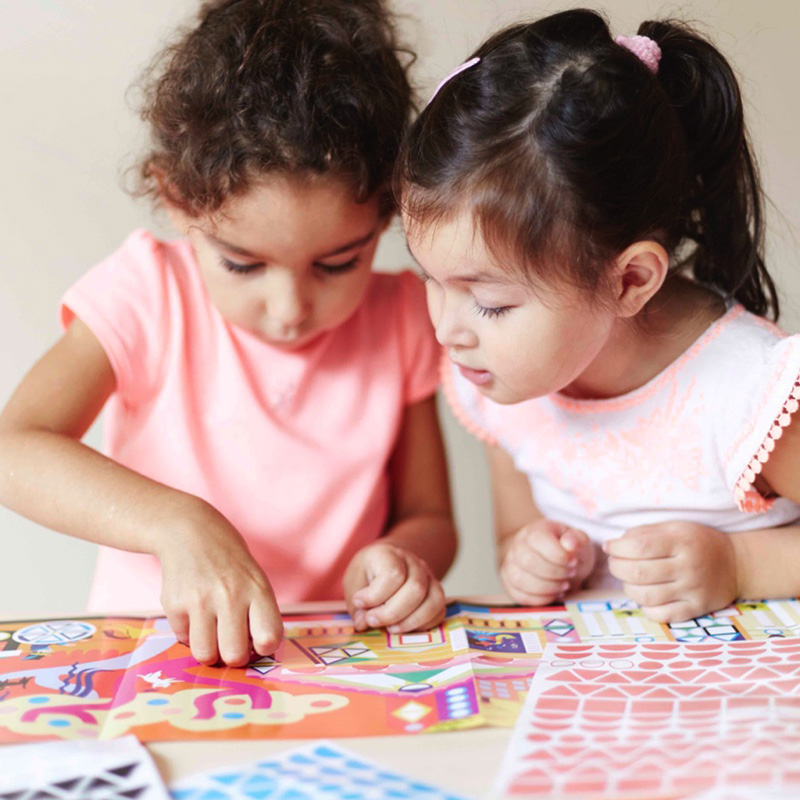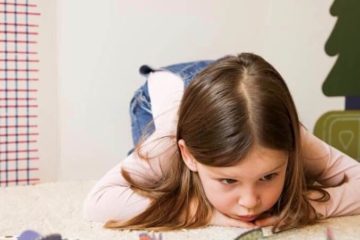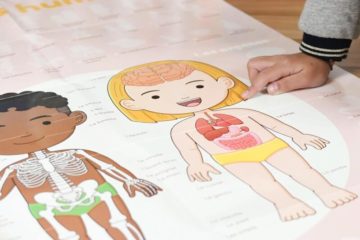Montessori pedagogy, imagined in 1907 by Maria Montessori, is a method of education based on the sensory development and freedom of action of children. Montessori pedagogy considers the child with all his potentialities, betting that everyone can develop and learn if given the right environment and tools. Neither elitist, nor restrictive, still less individualistic, this pedagogy promotes, on the contrary, the personalization of learning.
It relies on the pleasure of learning, work and effort to achieve its goal.
The child becomes the actor of his learning and discoveries.
Why be inspired by Montessori at home?
Thanks to the Montessori pedagogy, children become independent at a very early age. The Montessori method invites parents not to intervene in the children’s games and thus let them learn on their own, and acquire true autonomy. For example, by working on fine motor skills at a very early age, children learn simple everyday gestures and thus no longer need the parents’ help. They learn how to dress themselves, pour themselves a glass of water, or set the table.
Moreover, this pedagogy cultivates children’s curiosity and opens their appetite for knowledge. Their desire to learn becomes a driving force.
Beyond the services that this can provide you with on a daily basis, it is the child’s self-confidence that is built over the long term. He is capable of doing, and doing ALONE.
S’inspirer de Montessori au quotidien
De plus en plus prisée par les parents et les enseignants, cette méthode a l’avantage de laisser l’enfant libre de découvrir le monde à son rythme. Pour cela, elle propose des solutions concrètes et astucieuses, avec un large panel d’activités à proposer à l’enfant.
Ces activités font principalement appel à la manipulation. Car c’est en manipulant que l’enfant peut expérimenter, sentir, comprendre. Par exemple, l’enfant transvase du sable pour apprendre à manipuler avec précision, ou bien il manipule des objets de taille différente pour mieux appréhender les mathématiques. Ou encore il mémorise les pays en les imbriquant les uns dans les autres à la manière d’un puzzle.
Vous trouverez ici une très belle sélection d’activités à mettre en pratique chez vous facilement.
Activités “Montessori friendly”
La démarche de Maria Montessori a inspiré beaucoup de spécialistes de l’enfance, et en particulier des fabricants de jeux et jouets. Les activités en stickers Poppik en sont un exemple :
- Le geste est simple, répétitif. Il ne présente qu’une seule difficulté pour que l’enfant puisse se concentrer dessus. L’enfant décolle un stickers puis le colle au bon endroit. Les stickers étant repositionnables, il peut corriger son geste en recollant un stickers mal positionné. Ainsi, l’enfant travaille sa motricité fine et son cerveau se concentre sur une tâche simple jusqu’à la maîtriser parfaitement.
- La manipulation des stickers apporte un plaisir sensoriel fort, qui va encourager l’enfant à jouer longtemps, et qui va le rendre spontanément ouvert à cette activité.
- L’enfant peut être complètement autonome. Il n’a pas besoin de l’aide d’un adulte.
- Lorsque l’enfant est lassé, il peut décider d’arrêter l’activité pour la reprendre plus tard. Au contraire, si cette activité convient bien à ce qu’il a envie d’apprendre, il peut jouer pendant très longtemps. L’enfant apprend donc la persévérance, la patience, la concentration.
- Grâce à la manipulation des stickers, l’enfant peut mémoriser des informations sur des thèmes très variés touchant à la science, la géographie, l’histoire… Cette découvre développe sa curiosité pour le monde qui l’entoure.
On pourrait donc dire que l’activité Poppik est « Montessori friendly ».
Whatever manual activity you propose to your child, it is important to leave him or her free in its realization. Don’t try to influence him or frame him, but let him, on the contrary, make his own experience of creativity, without any constraint, in accordance with the Montessori method.
Can all children learn with Montessori pedagogy?
Maria Montessori has worked all her life with children with different disabilities. Her method was therefore from the beginning adapted to extremely different children with different needs and abilities. Observing the excellent results obtained with them, she then strives to develop a pedagogical method adapted to all children.
“No specific profile prevails more than another for Montessori pedagogy,” says Emmanuelle Opezzo, a specialist in Montessori pedagogy. « This pedagogy is universal and timeless and therefore suitable for every child. Its concrete and scientific material leads the child towards abstract thinking and allows each one to evolve according to his sensibilities and needs. »



